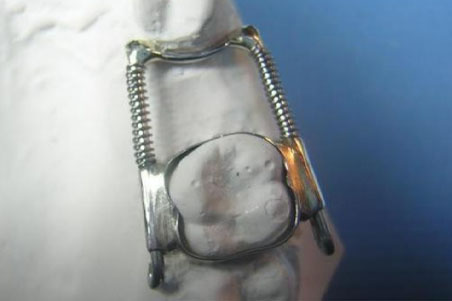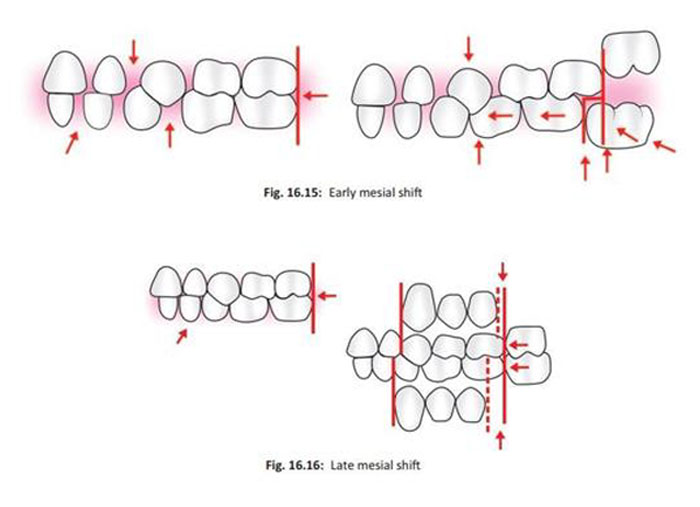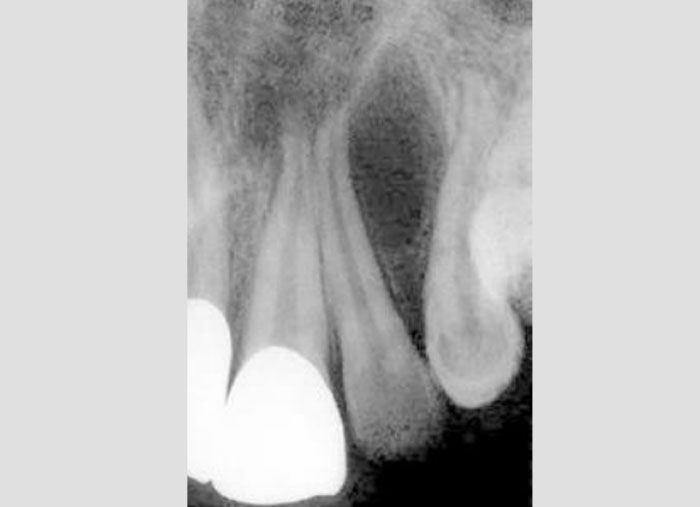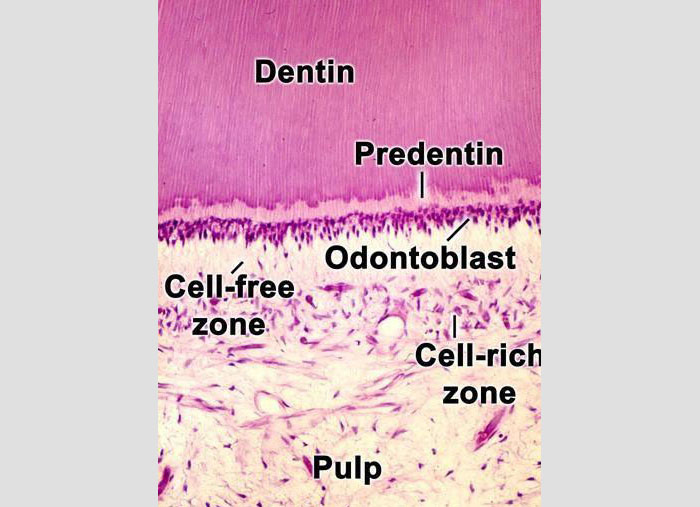- NEED HELP? CALL US NOW
- +919995411505
- [email protected]
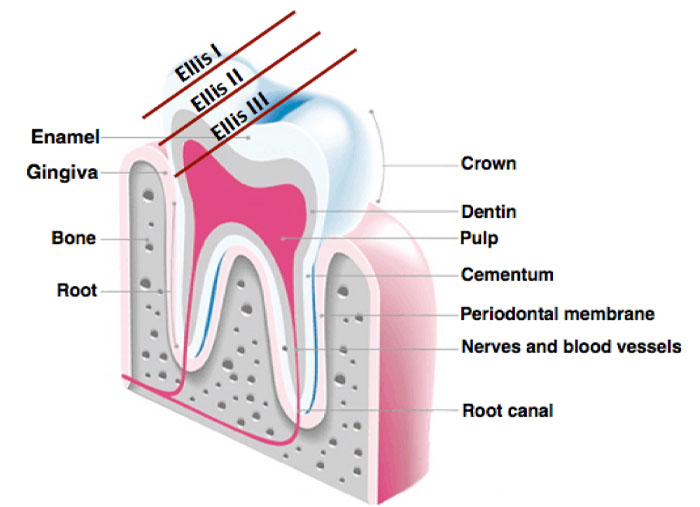
2 most popular and important tooth fracture classification disscussed
Tooth fractures can occur due to various reasons like trauma, decay, or weak tooth structure.
ELLIS AND DAVEY CLASSIFICATION OF TOOTH FRACTURE
Ellis and Davey in 1970 proposed a classification system for tooth fractures based on the extent of damage to the tooth structure.
Class 1: Simple fracture of the crown involving little or no dentin
Class 2: Extensive fracture of the crown involving considerable dentin but not pulp
Class 3: Extensive fracture of the crown involving considerable dentin, and exposing the dental pulp
Class 4: The traumatized tooth which becomes nonvital with or without loss of crown
Class 5: Teeth lost as a trauma
Class 6: Fracture of the root with or without loss of crown structure
Class 7: Displacement of the tooth without fracture of crown or root
Class 8: Fracture of the crown en masse and its replacement
Class 9: Traumatic Injury to primary dentition

BENNETT CLASSIFICATION OF TOOTH FRACTURES
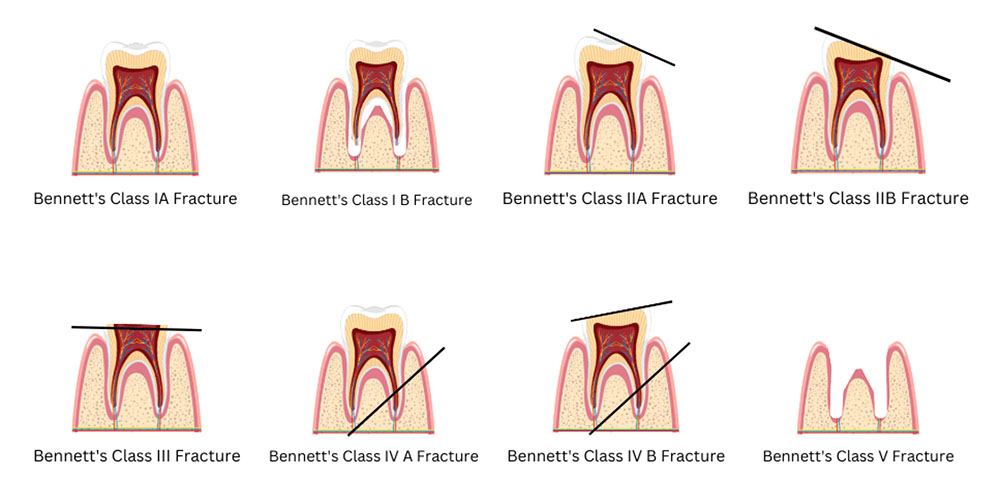
Bennett classified tooth fractures into five types based on the extent of the fractured teeth. Bennett’s tooth fracture classification is the second most popular after Ellis and Davey’s classification.
| Class I A tooth with trauma but no Coronal or Radical (Root) fracture. It consists of two subcategories |
Class I A – Traumatized tooth without luxation(firm tooth) | Class I B – Traumatized tooth with subluxation. |
| Class II Tooth Fracture in Coronal portion. It also consists of two subcategories: |
Class II A – Fracture involving Enamel | Class II B – Fracture involving Enamel & Dentin |
| Class III Class III consists of a traumatized tooth with coronal fracture and pulp exposure. |
It doesn’t consist of any sub-categories | |
| Class IV A tooth with Root fracture. It has two subclasses |
Class IV A – Root fracture without coronal fracture | Class IV B – Root fracture with coronal fracture |
| Class V Avulsed tooth: Avulsion is a term used for dental injury in which the tooth gets out of the socket. |

